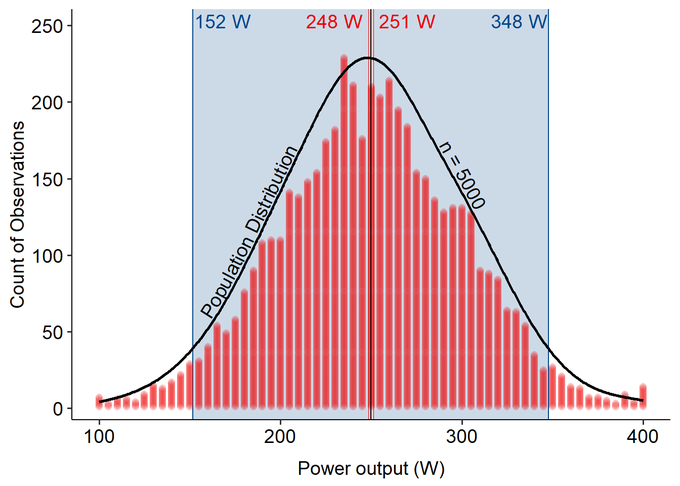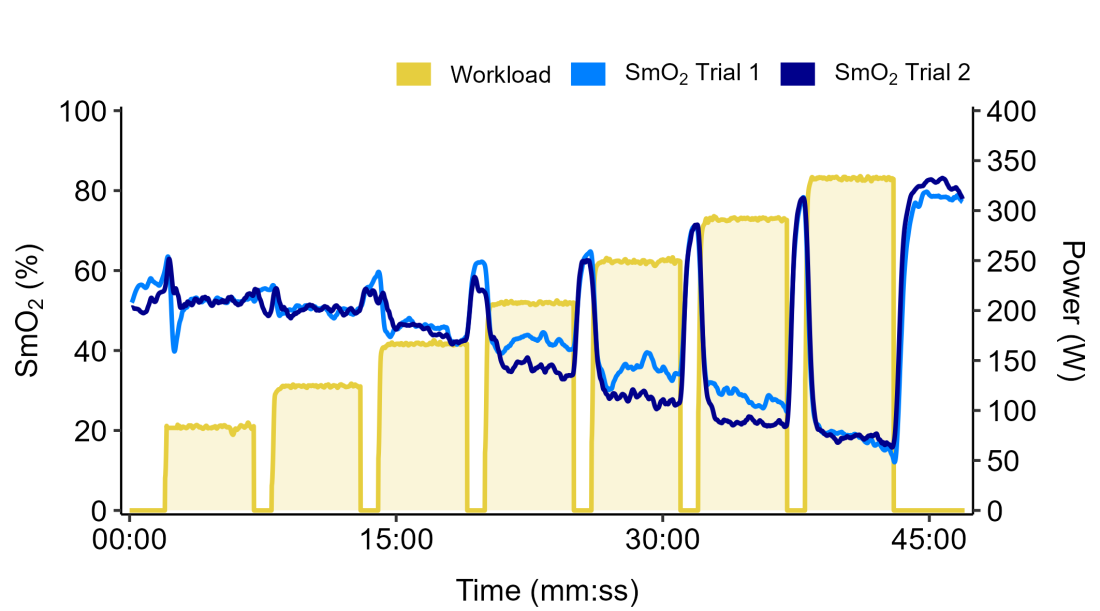This is a quick transfer of a massive twitter thread I posted in June, 2023. Since Txitter is more difficult to read these days without an account, and even less worth it than ever to create an account.. I will try to transfer some threads back to here. This is basically just an archive of … Continue reading Cadence Affects Everything, and it Doesn’t Really Matter
Tag: Science
Does High Intensity Training Improve Performance or only VO2max?
A meta-analysis on endurance athletes' training found that while high-intensity interval training (HIIT) above the maximal metabolic steady state (MMSS) significantly improved oxygen uptake (V̇O2peak), there was no detectable difference in time-trial (TT) performance. This suggests that although increased V̇O2peak is achievable through HIIT, translating it into enhanced TT performance may require a different approach or potentially longer timeframes. The findings may inform athletes on balancing low/intermediate intensity and HIIT sessions.
Interpreting Group-Level Data for Individual-Level Application
How accurate is your gadget of choice at predicting your individual response to exercise? How close is your watch's V̇O₂max estimate? How close was the predicted race time to your real results? How far apart are your FTP/threshold estimates between a ramp test, a 20 minute test, and a 40-60 minute time-trial? How come with … Continue reading Interpreting Group-Level Data for Individual-Level Application
Study Summary – Reliability of Common Cycling Performance Markers
Here is a brief summary of our recent paper from the University of British Columbia Environmental Physiology Laboratory authored by my colleague Dr. Assaf Yogev and our colleagues. We think this is a paper that athletes & coaches can use to help understand uncertainty in performance data collection. The results here can be used as … Continue reading Study Summary – Reliability of Common Cycling Performance Markers
Thresholds, Constructs, and Confidence Intervals
We recently published an article comparing the NIRS-derived deoxy-BP to the RCP (VT2) in a ramp cycling test. I want to use this and another similar study to understand the important differences between threshold measurements, the natural variability in measuring physiology, and how understanding this variability can help us prescribe training targets that will elicit the desired training stimulus for ourselves and our athletes.




